A History of the Bow River in Calgary, Alberta

Introduction
The Bow River, a picturesque waterway that meanders through the heart of Calgary, Alberta, carries with it a rich history that predates the city’s establishment. From its origins in the Canadian Rockies to its convergence with the mighty South Saskatchewan River, the Bow River has witnessed the ebb and flow of human civilizations, serving as a lifeline for countless communities. Join us as we embark on a journey through time, exploring the captivating history of the Bow River in Calgary.
Indigenous Connections
Long before Calgary became a bustling city, Indigenous peoples, including the Blackfoot Confederacy (Siksika, Piikani, and Kainai), Stoney Nakoda Nations (Bearspaw, Chiniki, and Wesley), and Tsuut’ina Nation, maintained a deep connection with the Bow River and the surrounding lands. These First Nations relied on the river’s abundant resources for sustenance, transportation, and spiritual significance, leaving a lasting imprint on the region.
Exploration and Fur Trade
In the early 19th century, European explorers and fur traders ventured into the area surrounding the Bow River. Notably, David Thompson, an esteemed explorer and cartographer, navigated the river’s course in 1800. The fur trade, which flourished along the Bow River, saw the establishment of trading posts, such as Fort Calgary, which laid the foundation for the city that would eventually rise on its banks.
Formation of Calgary
The genesis of Calgary can be traced back to the confluence of the Bow and Elbow Rivers, where the North West Mounted Police (now the Royal Canadian Mounted Police) established a fort in 1875. Named after a beach in Scotland, Calgary rapidly evolved from a modest outpost to a thriving town due to the railway’s arrival in 1883. The Bow River played a crucial role in the transportation of goods, enabling the growth of agriculture, mining, and trade industries in the area.
River Infrastructure and Development
Over the years, the Bow River became an integral part of Calgary’s infrastructure and development. Bridges were constructed to span its waters, allowing for efficient connectivity and transportation. The river’s hydroelectric potential was harnessed, giving rise to the development of power generation facilities like the Bearspaw Dam and the Ghost Hydro Plant.
Natural Disaster and Resilience
Throughout its history, the Bow River has occasionally unleashed its power, resulting in devastating floods. The most notable flood occurred in June 2013 when heavy rainfall caused the river to swell beyond its banks, leading to significant damage in Calgary and surrounding areas. The event highlighted the city’s resilience and the importance of effective flood mitigation measures. Much work has been completed since this time to improve infrastructure to manage flood events.
Recreational Oasis
Beyond its historical significance, the Bow River remains a beloved recreational oasis for Calgarians and visitors alike. The river and its surrounding parklands offer numerous opportunities for outdoor activities, including fishing, canoeing, kayaking, cycling, and hiking. Residents and tourists are drawn to the river’s beauty, seeking solace and adventure amidst its serene waters and scenic landscapes.
Conclusion
The Bow River in Calgary weaves together the tapestry of the city’s past, present, and future. From its Indigenous roots to its role in the establishment and growth of Calgary, the river has played an integral part in shaping the region’s history and identity. As Calgarians continue to cherish the river’s beauty and embrace its recreational offerings, they honor the legacy of those who came before, recognizing the enduring significance of this majestic waterway.
Note:
It’s important to acknowledge and respect the ongoing presence and contributions of the Indigenous peoples in the region. This blog serves as a starting point to explore the history of the Bow River in Calgary, and further research is recommended.
